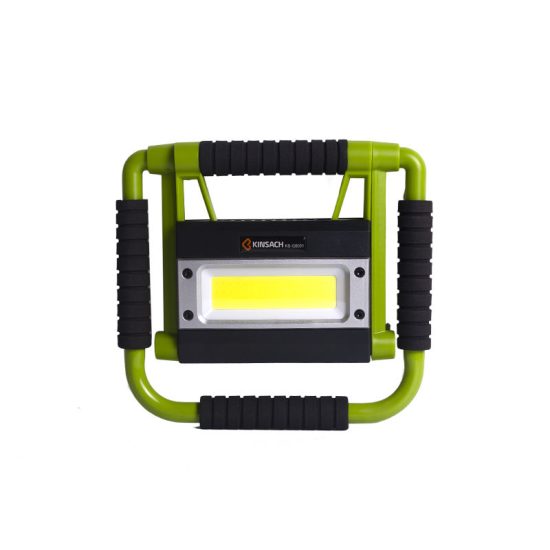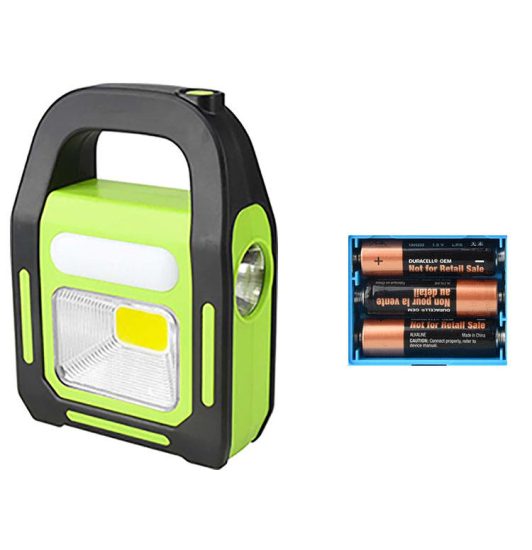Certainly! Flashlights come in various types and have an array of features that cater to different needs and situations. Here’s a breakdown of some common flashlight features:
- Light Source:
- LEDs: Light Emitting Diodes are the most common and efficient light sources in modern flashlights. They provide bright illumination, consume less power, and have a longer lifespan compared to traditional incandescent bulbs.
- Incandescent Bulbs: While less common today, some flashlights still use incandescent bulbs, which are less efficient but can offer a different quality of light.
- Brightness Levels:
- Flashlights often offer multiple brightness settings, allowing users to adjust the light output based on their requirements. These settings can include low, medium, high, strobe, SOS, or even variable dimming.
- Beam Type and Focus:
- Flashlights may have adjustable focus capabilities, allowing users to switch between floodlight (wide beam) and spotlight (focused beam) modes. Some models have fixed beams optimized for specific purposes.
- Battery Type:
- Flashlights can use various types of batteries such as disposable (AA, AAA, CR123A) or rechargeable batteries (18650, lithium-ion). Some models may even have integrated rechargeable batteries or USB charging ports.
- Run Time:
- The duration a flashlight can operate continuously on a single battery charge or set of batteries. This can vary significantly depending on the brightness level used.
- Water Resistance and Durability:
- Flashlights often come with varying levels of water resistance or waterproofing (measured by IPX rating) and durability against impact. Some are designed for rugged outdoor use or tactical applications.
- Size and Portability:
- Flashlights come in various sizes, from keychain-sized lights to larger, more powerful models. Compact flashlights are often favored for everyday carry (EDC) due to their portability.
- Special Modes:
- Flashlights might feature special modes like strobe, SOS, beacon, or tactical modes, providing versatility for different situations or emergencies.
- Material and Grip:
- Flashlights can be made from various materials such as aluminum, stainless steel, or plastic. Textured or ergonomic grips are common to enhance handling, especially in wet conditions.
- Regulated Output and Thermal Protection:
- Some flashlights have circuitry to maintain a steady light output as the battery drains. They may also include thermal protection to prevent overheating during extended use.
- Specialized Functions:
- Tactical flashlights may have features like weapon mounts, strobe for disorientation, or a crenulated bezel for self-defense.
- Smart Features:
- Advanced flashlights might include Bluetooth connectivity, programmable settings, or smartphone apps for remote control and customization.
These features collectively cater to a wide range of users—from everyday consumers needing reliable lighting to professionals in law enforcement, search and rescue, outdoor enthusiasts, and more. The variety of available features allows individuals to select flashlights tailored to their specific needs and preferences.


